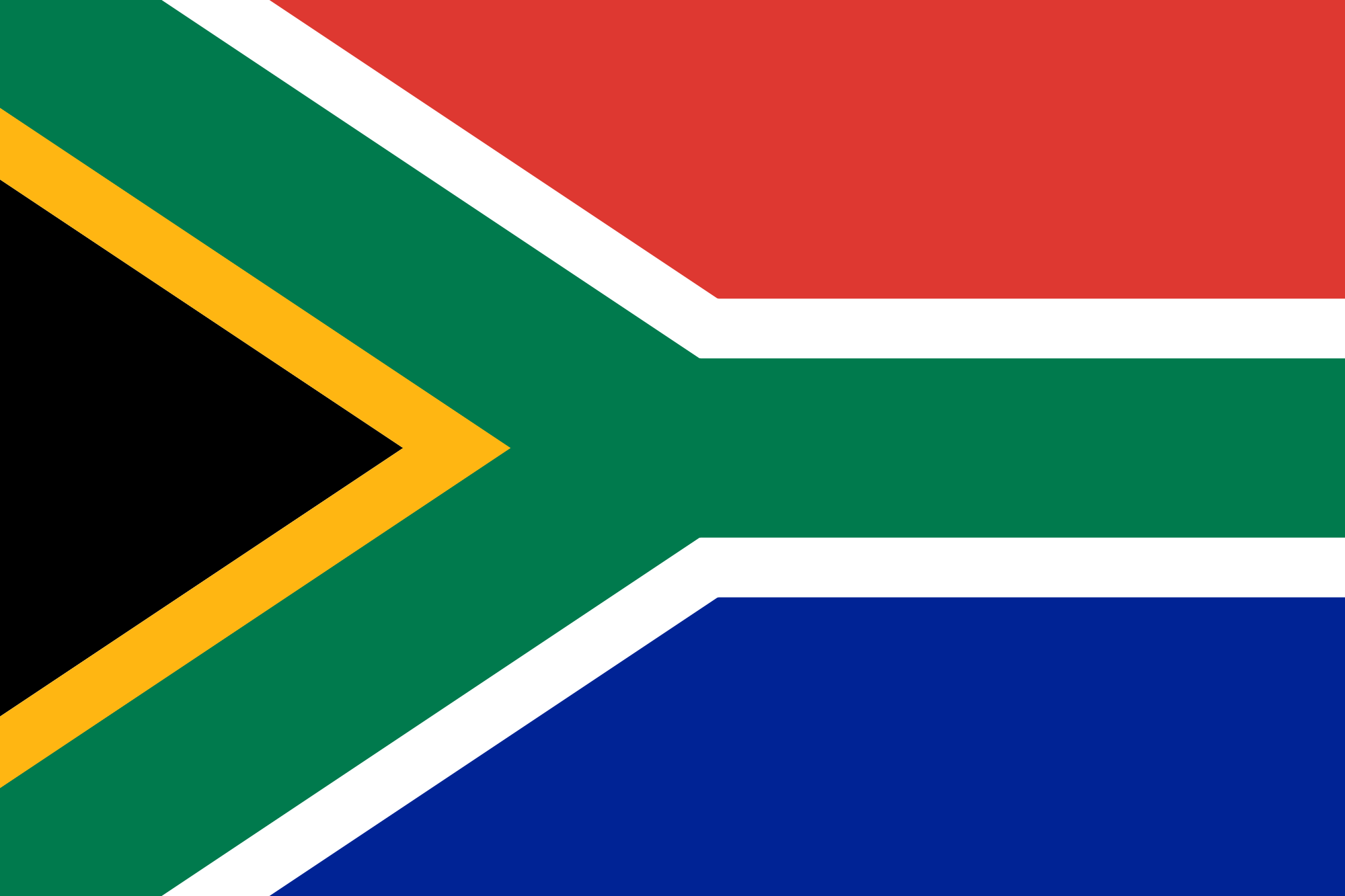The proportionate scaling of regulations has the effect of reducing prudential requirements imposed on microinsurers, commensurate to their product offering, reducing costs which previously may have been a barrier to entry and uptake by the lower income household target market, says Mr Ernie Van Der Vyver, a partner with the global law firm, Clyde & Co.
In a forecast which is part of the firm’s Insurance Predictions 2020 series, he says that traditionally, access to microinsurance in South Africa for lower income households has been restricted to life insurance products only, in the form of funeral insurance. However, barriers to uptake and opportunities for financial inclusion were less than optimal, given that the regulatory cost of compliance in proportion to the target market was disproportionate.
With the commencement of the Insurance Act, 2017, on 1 July 2018 a new microinsurance licence category has been established. Now microinsurers are allowed to be profit-making, not-for-profit or co-operatives, opening up the market to existing community finance groups who wish to extend their operations.
In addition, the development of InsurTech offerings designed to be delivered through mobile phones – which are widely owned by consumers in all income brackets – will make it easier for micro-insurers to reach their target groups. The result will be rapid growth in microinsurance in the coming year, and the evolution of a completely new type of insurer in South Africa.
Source Middle East insurance Reviewv














